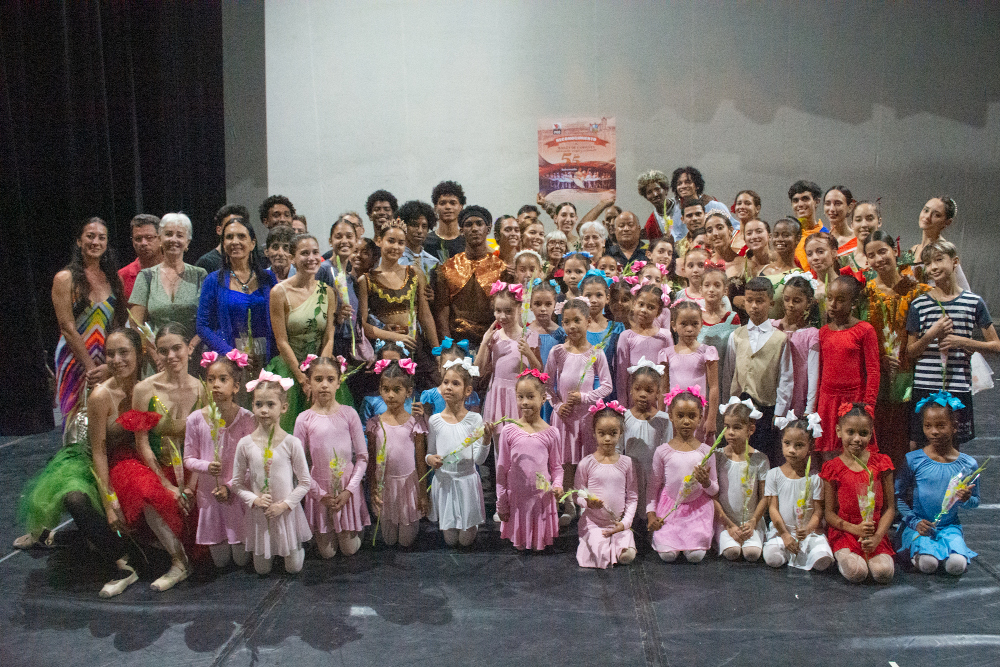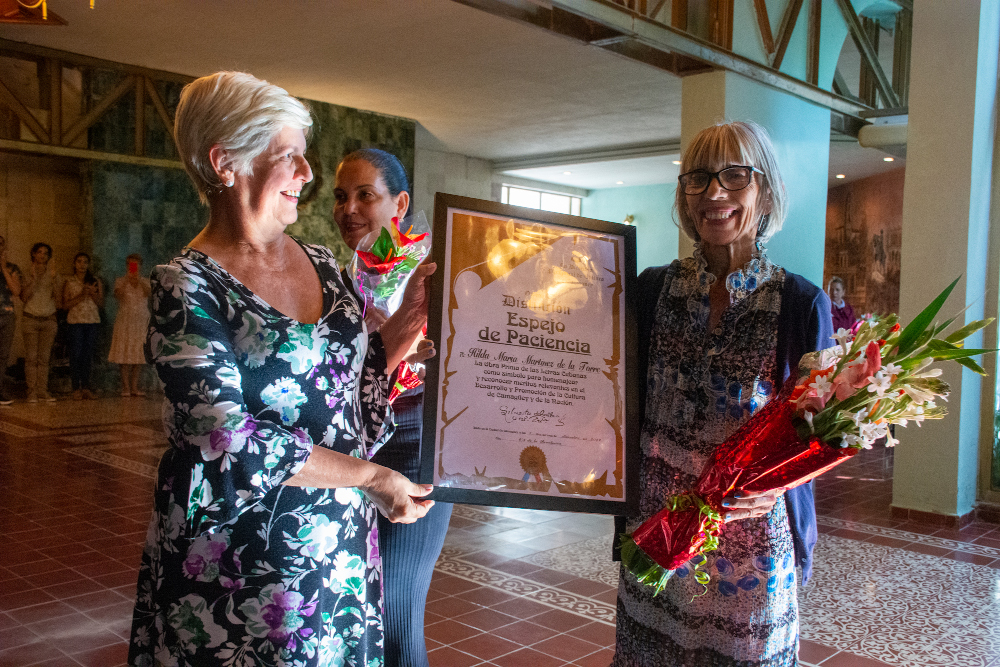The night of the opening of the suite of The Nutcracker, Hilda "Lila" María Martínez de la Torre received a wonderful ovation when she went on stage at the Teatro Principal. She was no longer seen because she was with the children from the night school workshops. In the second function of the Ballet of Camagüey (BC), she was also behind the curtain, she was iridescent, petite, and restless as a butterfly.
─ Did you know you were so loved by the public?
─I didn't expect such applause, but it made me feel very good. Maybe they recognize what I do toward their children or their dancers. I work with effort, with dedication; That comes to me from my aunt Vicenta, from my teachers in Cuba, and in the former Soviet Union. I am very satisfied that it was in my province. I thank, of course, my family, but above all the dancers who represent Cuba in the world, those who have been in my classes, in rehearsals, and my teachers.
This December, Lila received the Espejo de Paciencia distinction for her contribution to the Cuban school of ballet. She began her career at Camagüey's Provincial Art School, currently the Vicentina de la Torre academy. She did the middle level in Havana and after graduating she returned to teach classes. She received a scholarship for higher studies in the ancient city of Leningrad. Back home, in 1981, Fernando Alonso directed the BC and opened the doors of the company for her as a teacher and assayer.
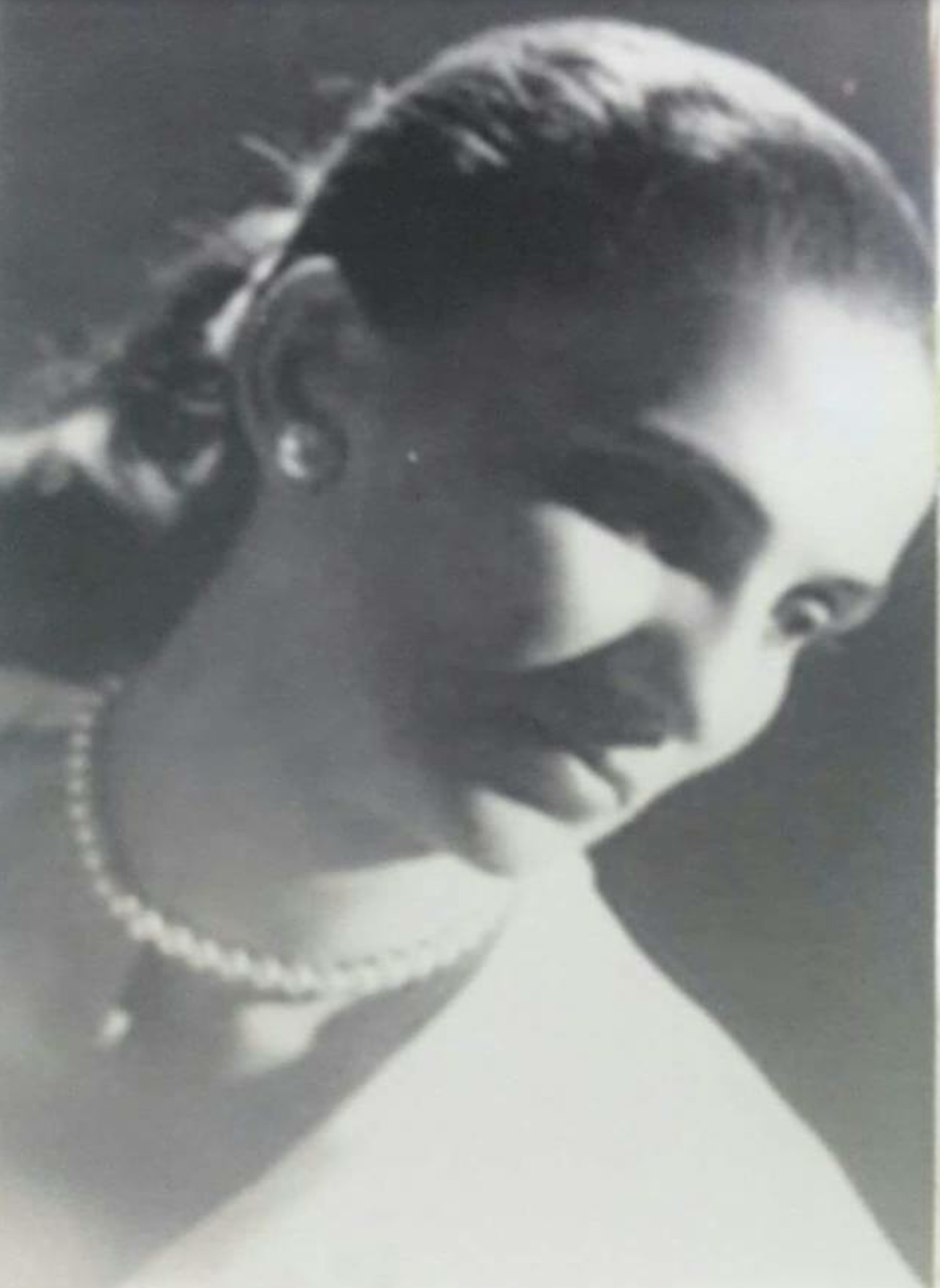 Vicentina de la Torre (1926-1995), founding director of the Ballet of Camagüey. Photo: Archive─Your aunt Vicentina, founder of BC, is remembered with idolatry. You, nieces are also admired teachers. What do you apply from her?
Vicentina de la Torre (1926-1995), founding director of the Ballet of Camagüey. Photo: Archive─Your aunt Vicentina, founder of BC, is remembered with idolatry. You, nieces are also admired teachers. What do you apply from her?
─ My aunt Vicenta left a great legacy to her family. We are four sisters who are dedicated to ballet. Since we were little we saw their classes, rehearsals, and the flame caught on. She was very simple, dedicated, loving her career. I remember her personality, her sacrifice, her delivery. In those days when there were no videos, I saw her drawing things from Gisselle's repertoire, from Les sylphs... She had everything drawn: the designs, the movements in space... She wanted to have all the information and she conveyed it very well. She enjoyed the result sometimes in rehearsals. She helped many students. She did it all with love.
Within the 40 years of her professional career, she highlights her work at the Ballet of Monterrey, Mexico; and in Arizona and Florida, United States. When she returned to Camagüey she went to Regina Balaguer, the new director of the company, and if she did, she included the challenge of the choreographic version of the Russian ballet Llamas de París, successfully premiered by the BC in France in 2011.
 In full class in a ballet hall of Camagüey. Photo: Rodolfo Blanco Cué/ACN
In full class in a ballet hall of Camagüey. Photo: Rodolfo Blanco Cué/ACN
─You have formed generations. Is it time for lights or shadows in BC?
─ The small suite of The Nutcracker has been an experience for everyone. The collective overcame inconveniences. Also, we are working with new graduates. Opportunities must be given, because now comes a stage of growth for dancers who need, with time and the repertoire, to grow in crescendo in their technical-artistic level. Teachers are willing to help this generation.
Along with the professional cast, children from the Fernando Alonso Ballet and Dance Promotion Center, popularly known as the night school, came on stage. In these workshops, she offers methodological indications and useful techniques for growth as an audience or for those who opt for ballet as a career.
─The suite is already a fact, can you tell us about your immediate project?
I almost always have something on my mind. Sometimes we have other plans, tours are presented and then we have to wait; but I will always have something to offer the Ballet and Camagüey.
Translated by Linet Acuña Quilez
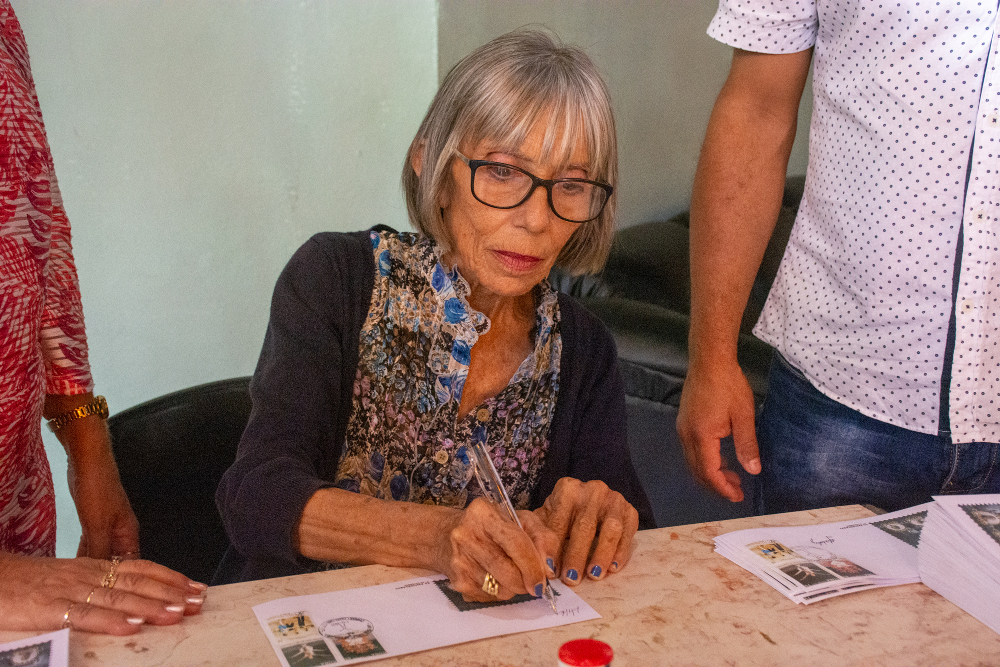 Lila on the postal cancellation made in the Nicolás Guillén protocol room, of the Ignacio Agramonte Revolution Square complex.
Lila on the postal cancellation made in the Nicolás Guillén protocol room, of the Ignacio Agramonte Revolution Square complex.
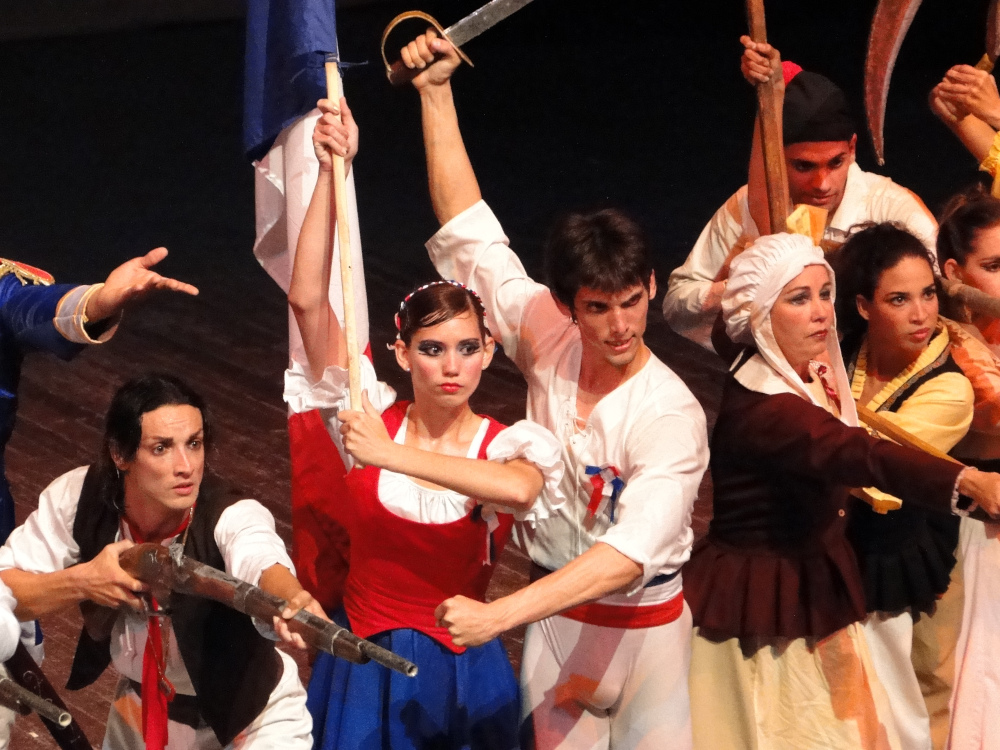 Lila synthesized in two acts the four of the original ballet Flames of Paris, premiered in 1932, and inspired by the assault on the Tuileries, and the victorious march on the City of Light, an episode of the French Revolution of 1789. Photo: Leandro Perez Perez
Lila synthesized in two acts the four of the original ballet Flames of Paris, premiered in 1932, and inspired by the assault on the Tuileries, and the victorious march on the City of Light, an episode of the French Revolution of 1789. Photo: Leandro Perez Perez
